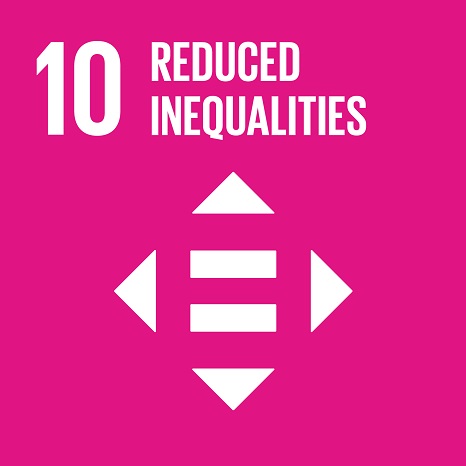Ciência_Iscte
Publications
Publication Detailed Description
The demography of slavery in the coffee districts of Angola, c. 1800–70
Journal Title
Journal of African History
Year (definitive publication)
2021
Language
English
Country
United Kingdom
More Information
Web of Science®
Scopus
Google Scholar
This publication is not indexed in Overton
Abstract
This article uses demographic data from nineteenth-century Angola to evaluate, within a West Central African setting, the widely accepted theory that sub-Saharan Africa's integration within the Atlantic world through slave and commodity trading caused significant transformations in slavery in the subcontinent. It specifically questions, first, whether slaveholding became more dominant in Angola during the last phase of the transatlantic slave trade; second, whether Angolan slave populations were predominantly female; and third, whether slavery in Angola expanded further during the cash crop revolution that accompanied the nineteenth-century suppression of the Atlantic slave trade. Besides making a significant contribution to understanding the demographic context of slavery in the era of abolition, the article aims to display ways in which historians can use the population surveys the Portuguese Empire carried out in Africa from the late eighteenth century.
Acknowledgements
--
Keywords
Angola,Western Africa,Demography,Slave trade,Slavery,Method,Agriculture
Fields of Science and Technology Classification
- History and Archeology - Humanities
Funding Records
| Funding Reference | Funding Entity |
|---|---|
| UID/HIS/04666/2019 | Fundação para a Ciência e a Tecnologia |
| UIDB/03126/2020 | Fundação para a Ciência e a Tecnologia |
Contributions to the Sustainable Development Goals of the United Nations
With the objective to increase the research activity directed towards the achievement of the United Nations 2030 Sustainable Development Goals, the possibility of associating scientific publications with the Sustainable Development Goals is now available in Ciência_Iscte. These are the Sustainable Development Goals identified by the author(s) for this publication. For more detailed information on the Sustainable Development Goals, click here.

 Português
Português



